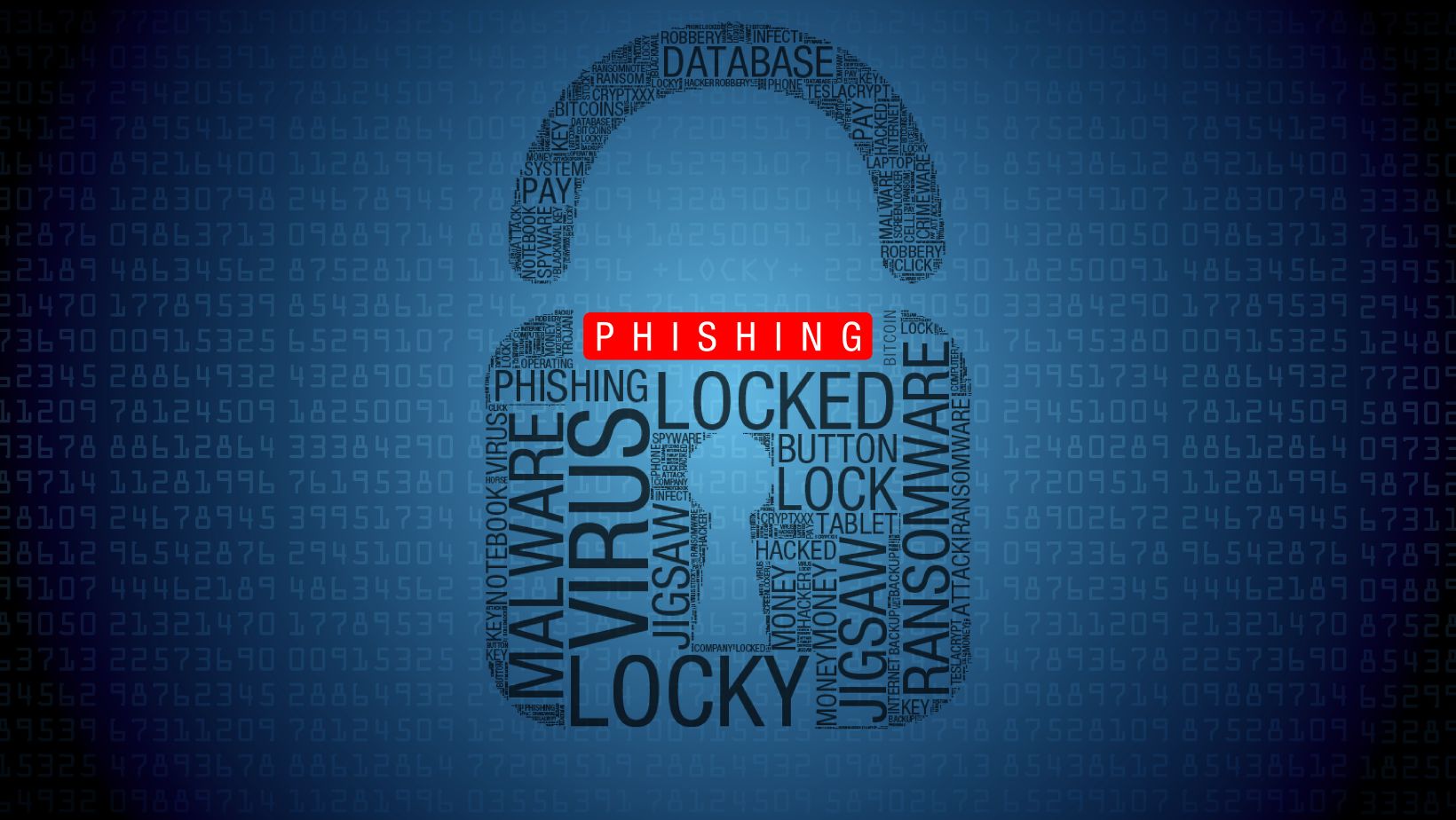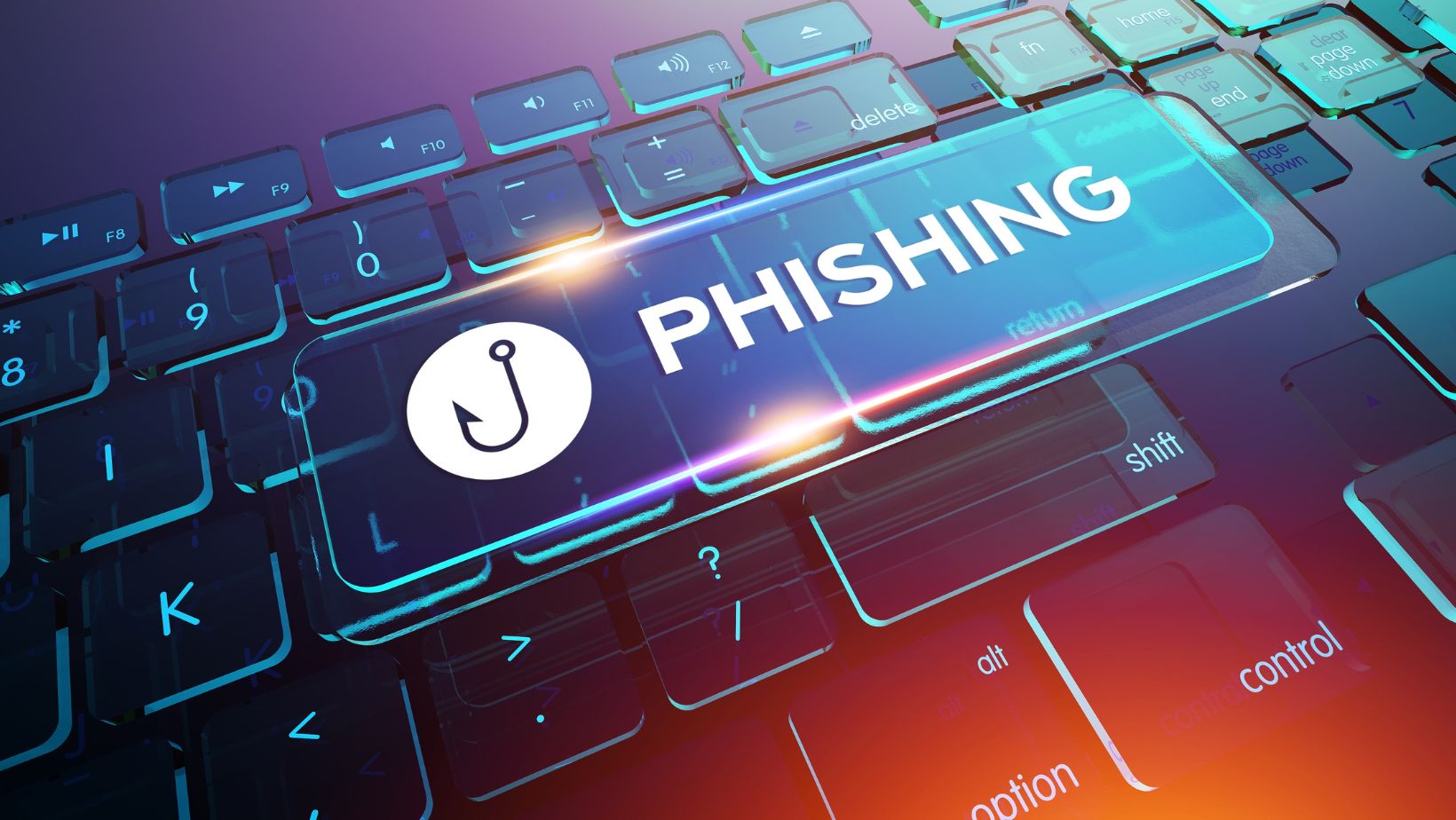
In today’s interconnected world, gaming and tech aren’t just about entertainment and functionality anymore.
They’re vibrant communities where millions share experiences, trade virtual goods, and even forge friendships. However, just as these platforms bring people closer, they also present avenues for the malicious actors of the cyber world. One of the primary weapons in their arsenal is phishing.
By understanding the common indicators of phishing within the gaming and tech realms, we can fortify our virtual defenses and ensure our online experiences remain untainted.
The Rise of Phishing in Gaming and Tech
Phishing attempts have evolved dramatically over the years, becoming increasingly sophisticated and harder to detect.
Given the booming tech and gaming markets, cybercriminals now view these sectors as lucrative hunting grounds. In such environments, where real money transactions, personal details, and hours of invested gameplay time are on the line, the stakes couldn’t be higher. Recognizing the indicators of a phishing attempt is the first step in mounting a defense.
Fake Promotional Offers
In the exhilarating world of gaming, nothing quite captures a player’s attention like the allure of exclusive content. This is precisely what phishers bank on when deploying fake promotional offers.
- Tailored to Tempt: Cybercriminals do their homework. They’re aware of the top games, the most sought-after items, and the events that generate buzz. Crafting seemingly irresistible offers tailored to a game’s community is a strategy often employed. It could be a rare weapon, an exclusive character skin, or a limited-time discount.
- The Power of FOMO: The Fear Of Missing Out is a powerful motivator. Phishers will often instill urgency, suggesting that an offer is limited or that only the first few responders will secure the bonus. This tactic is designed to rush the user into clicking without thinking.
- Verification Mechanisms: Genuine promotions typically require users to log in through the game or platform’s official app or website. On the other hand, phishing attempts will often ask users to verify themselves by entering credentials on a third-party site, which should instantly raise red flags.
Suspicious Account Activity Alerts
It’s an unsettling feeling — receiving an email or message alerting you to unexpected activity on your account. This very emotion is what phishers exploit with fraudulent account alerts.
- Crafted for Credibility: These phishing attempts are often meticulously crafted to resemble official alerts, complete with platform logos, familiar color schemes, and official-sounding language. The devil, however, is in the details. A closer look may reveal subtle inconsistencies, such as misspelled words or a mismatched sender email.
- The ‘Immediate Action Required’ Ruse: To instill panic and ensure swift, thoughtless action on the user’s part, these alerts typically emphasize the need for immediate action. Statements like “Your account will be suspended if not verified within 24 hours” are commonly used to rush victims into clicking on malicious links.
- Safe Verification Protocols: A hallmark of genuine platforms is their commitment to user security. They rarely, if ever, embed direct links in their security alerts. Instead, they guide users to manually navigate to their official website or app and take any necessary actions from there. Familiarizing oneself with a platform’s communication style and protocols can be instrumental in discerning legitimate alerts from phishing attempts.
Tech-Savvy Phishing: Beyond Basic Emails
While email remains a popular method, phishing in the tech world often takes on more sophisticated forms, exploiting platforms and tools that tech enthusiasts commonly use.
Bogus Software Updates
In an era of rapid technological evolution, software updates are a routine part of our digital lives, often bringing enhanced functionalities, security patches, or improved user experiences. This regularity makes them a prime target for cybercriminals.
- Preying on the Need for the ‘Latest’: Gamers and tech enthusiasts often eagerly anticipated updates, keen to get the latest features or improvements. Phishers exploit this eagerness, presenting fake alerts which claim to offer the newest versions of popular software.
- Signs of Suspicion: These malicious update prompts might be riddled with grammatical errors, have an odd-looking user interface, or might pop up on websites unrelated to the software in question. Additionally, legitimate software companies rarely push updates via web pop-ups; they usually use their dedicated app or software client.
- The Hidden Payload: Clicking on these fake update links may not only prevent you from receiving the real update but could also install malware on your system. This malware can range from spyware that silently monitors your actions to ransomware that can lock you out of your system.
Malicious Browser Extensions
Browser extensions can be incredibly helpful, offering functionalities ranging from ad-blocking to enhanced search features. However, their capabilities also make them a potential weapon in a phisher’s arsenal.
- Too Good to Be True: Cybercriminals might market these extensions with irresistible features — like a tool that promises to give you an edge in a game or an extension that claims to dramatically speed up your browsing. It’s essential to approach such promises with skepticism.
- Unchecked Permissions: Many malicious extensions ask for a wide range of permissions, often more than they’d need for their purported function. For instance, a simple weather extension has no business accessing your browsing history or modifying data on websites you visit.

- Behind the Scenes: Once added, these extensions can perform a variety of malicious activities without your knowledge. Some might replace legitimate ads with their own, while others might track your online activities, gathering data for other phishing attempts. The most malicious ones can even hijack your sessions to steal login credentials.
- Safety First: Before adding any extension, it’s essential to check its reviews, verify its publisher, and ensure it has a considerable user base. Regularly auditing and pruning unnecessary extensions from your browser can also help maintain a secure online environment.
Empowering Yourself: Ultimate Practices Against Phishing
The best line of defense against phishing is knowledge. Being aware of common tactics and constantly staying updated on new strategies is paramount.
Two-Factor Authentication (2FA)
Two-Factor Authentication has emerged as a cornerstone in digital security, acting as a formidable secondary barrier against unauthorized access.
- How It Works: At its core, 2FA requires two distinct forms of identification before granting access. The first layer is something you know (like your password). The second is typically something you possess, like a unique code sent to your mobile phone or generated by an authentication app.
- Beyond Just Passwords: With breaches becoming increasingly common, passwords alone can be a weak line of defense. Cybercriminals employ an array of tactics, from brute-force attacks to sophisticated algorithms to crack passwords. 2FA ensures that even if they succeed, there’s another layer they have to bypass.
- Customizable Alerts: Many platforms offer customizable alerts for 2FA, informing you whenever a login attempt is made. This not only keeps you in the loop but can act as an early warning system for potential breaches.
Be Skeptical of Unsolicited Communications
With the proliferation of digital communication channels, unsolicited messages can flood our inboxes. Developing a discerning eye is crucial.
- Mimicking the Genuine: Phishers often go to great lengths to replicate official communications, leveraging familiar logos, fonts, and terminologies. However, upon closer examination, discrepancies often emerge — a slightly misspelled domain name or a slight deviation in the logo.
- Cross-Verification: Instead of clicking on any links or replying to suspicious messages, it’s advisable to directly contact the purported sender through their official website or hotline. This simple step can immediately confirm or dispel the legitimacy of the communication.
- Stay Updated: Cybercriminals are always evolving their tactics. Joining tech or gaming forums, subscribing to official newsletters, or being part of a community can help you stay abreast of the latest phishing trends and threats.
Use Dedicated Email Addresses
Email accounts can be a goldmine for cybercriminals, offering insights into a person’s digital footprint. Diversifying your email addresses is a strategic defense tactic.
- Compartmentalization: Just as you’d segregate funds across different bank accounts, using dedicated email addresses for different platforms can prevent a single breach from granting attackers a broad access spectrum. For instance, you could have one address for gaming platforms, another for tech forums, and a separate one for personal communications.
- Mitigating the Domino Effect: If attackers gain access to an email associated with multiple platforms, they can initiate password reset requests, potentially locking you out of multiple accounts. With segregated emails, the damage remains localized.
- Enhanced Monitoring: With dedicated emails, you can tailor your security settings and monitor more effectively. For instance, you might set up stricter security alerts for an email linked to financial transactions than one you use for casual gaming forums.
The virtual realms of gaming and tech offer a plethora of experiences and opportunities. By being vigilant and informed about phishing indicators, we can ensure that our adventures in these digital spaces remain secure and enjoyable.












